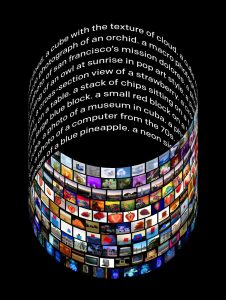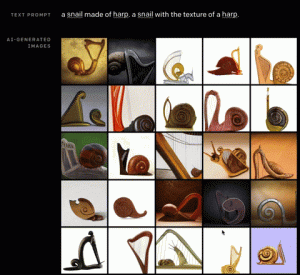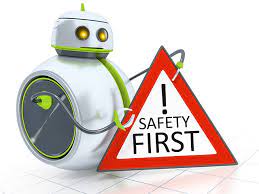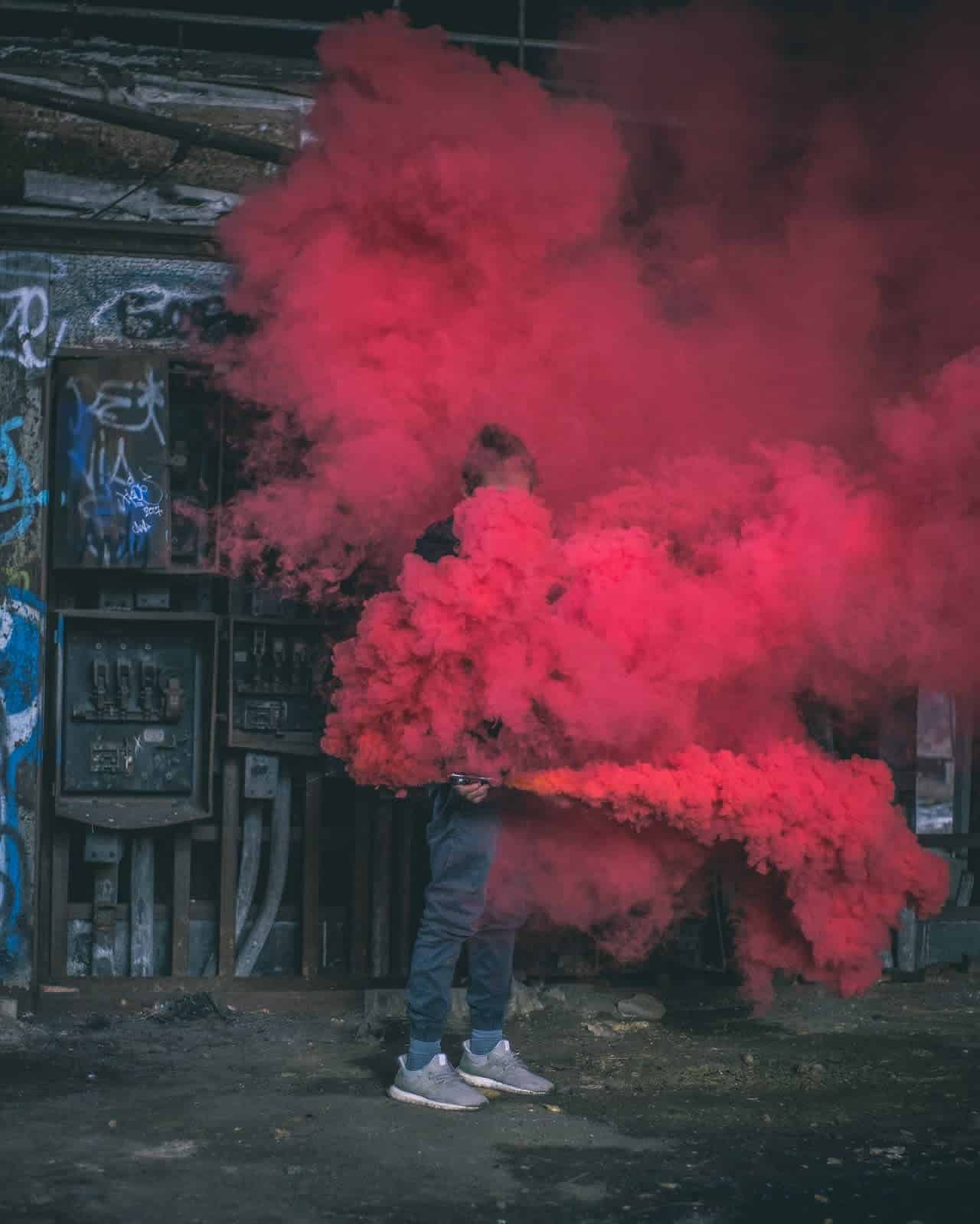In the world of AI image generation, OpenAI is preparing to make a grand entrance with its latest creation – Dall E-3. After the success of their text-to-image model, Dall E-2, they took some time off, but they are back with a bang! With new and improved features, Dall E-3 is set to take the AI image generation race by storm. Let’s sneak a peek into what this innovative tool has in store.
Also Read: AI Turns Boring QR Codes Into Paintings; Check Them Out Now!

Catching Up in the Image Race
OpenAI has been working hard, testing the upgraded version of Dall E-2, now called Dall E-3. A select group of 400 users has been granted access to an exclusive preview on an invite-only server. Excitement is building as YouTuber MattVidPro showcased the new model’s capabilities, leaving users amazed and eager to get their hands on it. The consensus is clear – Dall E-3 outperforms its competitors, Midjourney V5.2 and Stability Diffusion XL, in prompt-following and creating coherent, photorealistic images with different art styles.
Also Read: Google Afraid of Open-Source Community Outpacing Tech Giants in Language Model Race
Quietly Fighting for Perfection
OpenAI has been silently working on Dall E-3, fine-tuning its features and seeking user feedback to create sharper, lifelike images. Comparisons with Midjourney’s closed-source models and Stability Diffusion’s open-source offerings have only added to the anticipation of what OpenAI’s latest model will bring to the table. With the recent release of GPT-4, a multimodal AI, the potential for enhanced capabilities in Dall E-3 is sky-high.
Also Read: Meta Launches ‘Human-Like’ Designer AI for Images

Safety First – Responsible AI Governance
OpenAI has committed to ensuring responsible AI governance and is collaborating with other tech giants, like Microsoft, Google, and Meta, to watermark AI-generated audio and visual content. While this watermarking could be a groundbreaking step for the industry, it is not yet present in the test version. The absence of safety features in the testing phase has raised concerns as the model can generate graphic and explicit content without any prompt, including copyrighted artwork and logos.
Also Read: OpenAI Introducing Super Alignment: Paving the Way for Safe and Aligned AI

Balancing Promise and Safety
While Dall E-3 holds tremendous promise, OpenAI acknowledges the need for safety measures. The model’s previous version, Dall E-2, faced criticism for creating inappropriate and biased images. OpenAI knows that fine-tuning and implementing safety features are crucial before the official release. The current community response has been overwhelmingly positive, rating the model higher than existing image-generation tools. The pressure is on OpenAI to strike the right balance between innovation and safety before the estimated December launch.
Also Read: OpenAI’s Trust & Safety Head Resigns: What Is the Impact on ChatGPT?
Our Say
OpenAI’s Dall E-3 is undoubtedly one of the most anticipated AI image-generation tools in recent times. With its ability to produce coherent, photorealistic images and follow prompts with precision, it promises to be a game-changer in the world of AI. However, the company faces the challenge of ensuring safety and responsible use to avoid the pitfalls experienced in the past. As we eagerly await the official release, it is clear that Dall E-3 is poised to make waves in the AI community and revolutionize how we interact with visual content.




